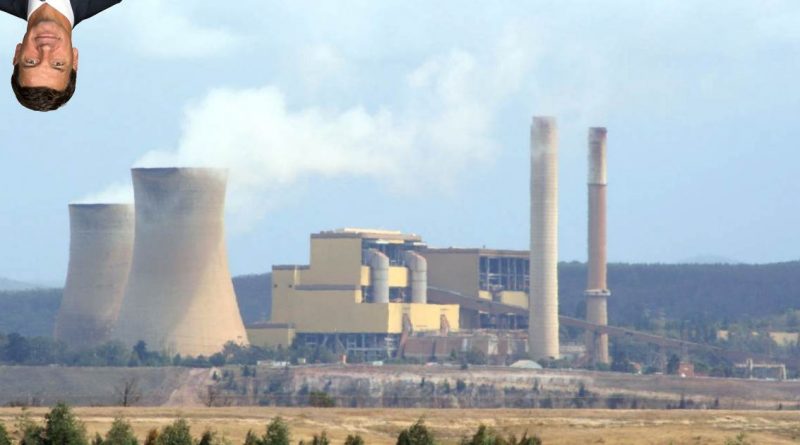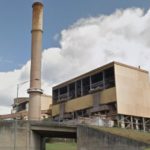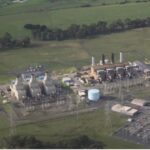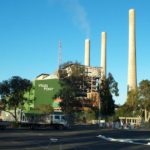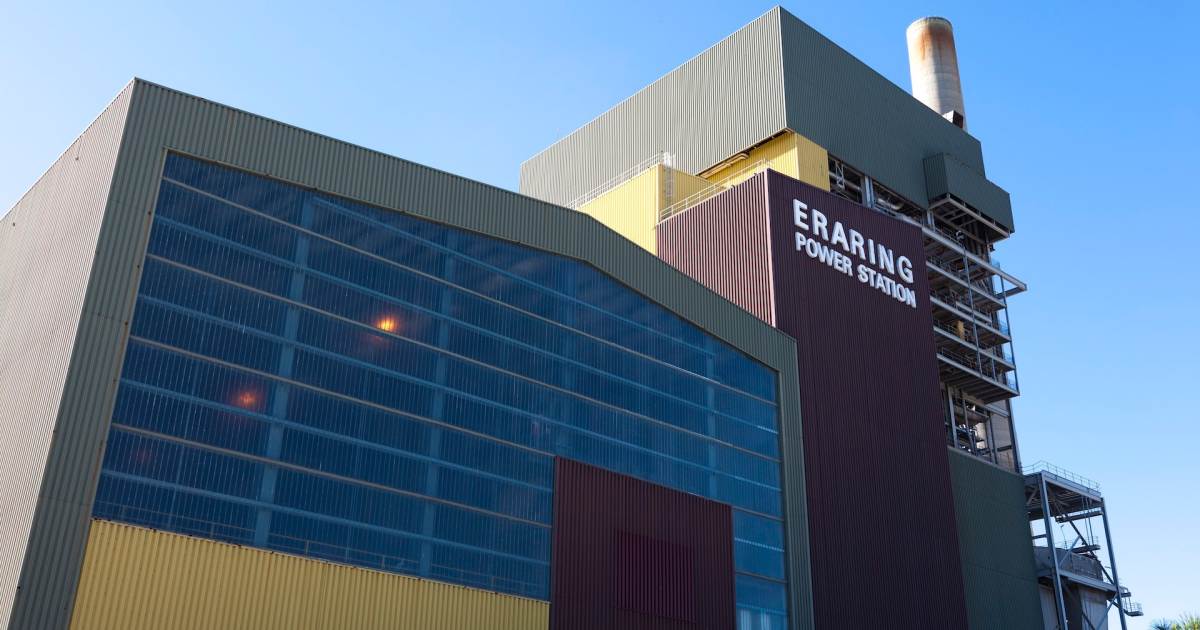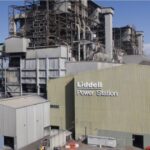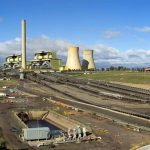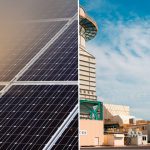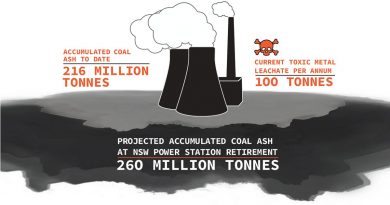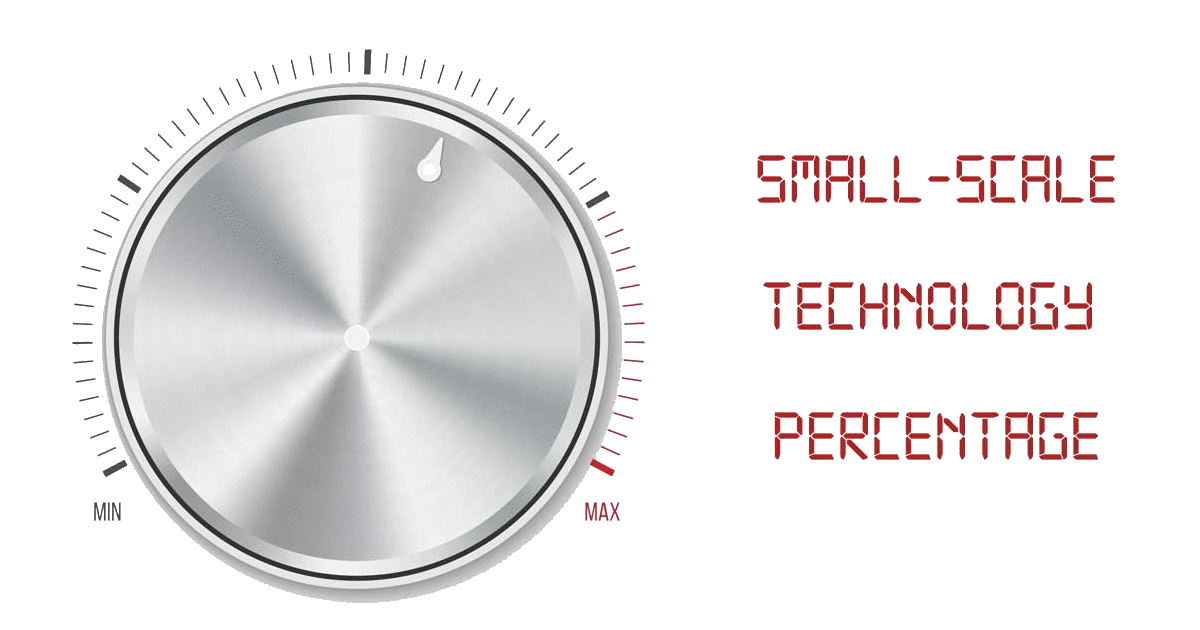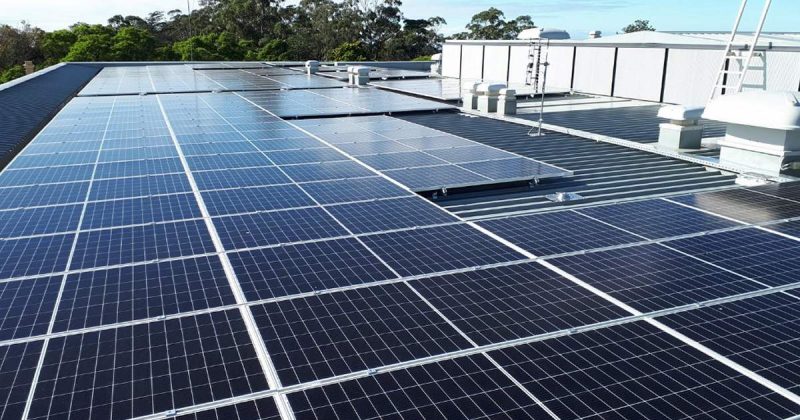Angus, About The Yallourn Power Station Reliability Thing
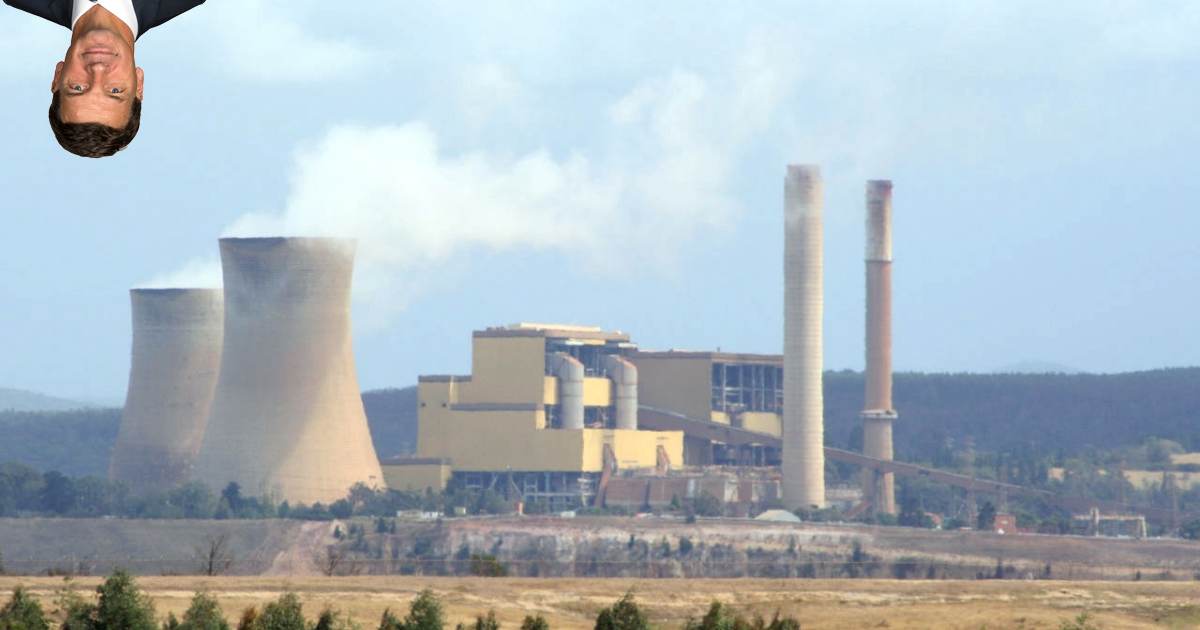
Yallourn image: Marcus Wong
Federal Minister for Energy and Emissions Reduction Angus Taylor was quick to try and set folks on edge after the announcement Victoria’s Yallourn Power Station will be retired in mid-2028.
Yallourn Power Station in Victoria’s Latrobe Valley is a brown coal fired generator that spews the most climate pollution per unit of energy generated of any power station in Australia, with an emissions intensity of over 1.34 tCO2-e/MWh according to Environment Victoria. The facility has been providing filthy power since 1974.
Yesterday morning, EnergyAustralia announced Yallourn will retire in mid-2028 instead of 2032, a move that will see EnergyAustralia’s carbon dioxide emissions slashed by more than 60 per cent relative to today. This isn’t just about green warm and fuzzies. Recent analysis indicated Yallourn could be under significant financial stress by 2025 given the huge amount of wind and solar energy supply expected to be added to the National Electricity Market (NEM) in the years ahead.
EnergyAustralia’s announcement came just days after Victoria’s EPA copped harsh criticism for its failure to whack carbon emission restrictions on the state’s three brown coal-fired clunkers; the other two being Loy Yang A and Loy Yang B. While Yallourn’s emissions are now entirely sorted post-2028, it will continue to pump its toxic and carbon emissions for the next seven years – and on the latter, unfettered at this point.
Yallourn’s “Reliable Generation”
Responding to EnergyAustralia’s announcement, Minister Taylor stated:
“Yallourn has provided the reliable generation needed to keep energy prices low and the grid secure in Victoria and the National Electricity Market for decades.”
This is a little misleading. Back in 2019, The Australia Institute noted coal power in Victoria accounted for approximately 13% of the National Electricity Market’s gas and coal capacity at that time, but 32% of its gas and coal breakdowns. Yallourn W was noted as the least reliable coal fired power plant in Australia by breakdowns per unit of capacity.
Just this year, there have been three unit trip incidents at Yallourn so far – one on the 17th of January, another on 11th of February and another on February 18. Last year, there were at least 20 unit trip instances.
Coughing like an old smoker, the power station is showing its age – and rubber bands and hay bale string won’t be enough to keep it together.
This Is Not Hazelwood
Minister Taylor also invoked the ghost of Hazelwood’s closure, noting:
“where wholesale prices skyrocketed by 85 per cent.”
The first point to bear in mind is wholesale electricity prices make up around 30% of a retail power bill, not the whole box and dice. But more importantly, this is nothing like the situation that occurred with Hazelwood.
On 3 November 2016, Engie announced that Hazelwood would be closed by the end of March 2017 – 5 months notice. EnergyAustralia have given 7 years notice, allowing plenty of time for an orderly transition.
Victoria also has a bunch more large-scale renewables in place since Hazelwood’s closure and there are 12 projects under construction that will deliver 1700 megawatts. Added to this are all the small-scale solar installations on the rooftops of households and business across the state, much of this uptake driven by Victoria’s solar panel rebate and battery subsidies that are still available.
Victorian Minister for Energy Lily D’Ambrosio stated by 2028 an additional 5000 megawatts of new renewable energy capacity will come online in the state. The CSIRO’s December GenCost report found wind and solar power are cheapest source of energy for Australia, even taking into account additional costs including such as energy storage and transmission expenditure.
But what about storage? There should be plenty of that as well. Among it, on Wednesday EnergyAustralia committed to building a 1.4 GWh battery by 2026 and there’s also Victoria’s Big Battery project. In terms of smaller scale storage, there will be increased uptake of home batteries and then there’s the storage potential of electric vehicles that could be tapped. It also needs to be kept in mind Victoria is part of the National Electricity Market – the state isn’t isolated.
Cleaner air and electricity is ahead – and while not as soon as needed, it’s not as late as feared. And who knows, as the renewables juggernaut continues to rumble on and prove its mettle, perhaps Yallourn and the other brown coal clunkers’ demise may be further hastened in line with the UN’s recent urging that OECD countries commit to phasing out coal power by 2030.
Original Source: https://www.solarquotes.com.au/blog/yallourn-closure-taylor-mb1912/

